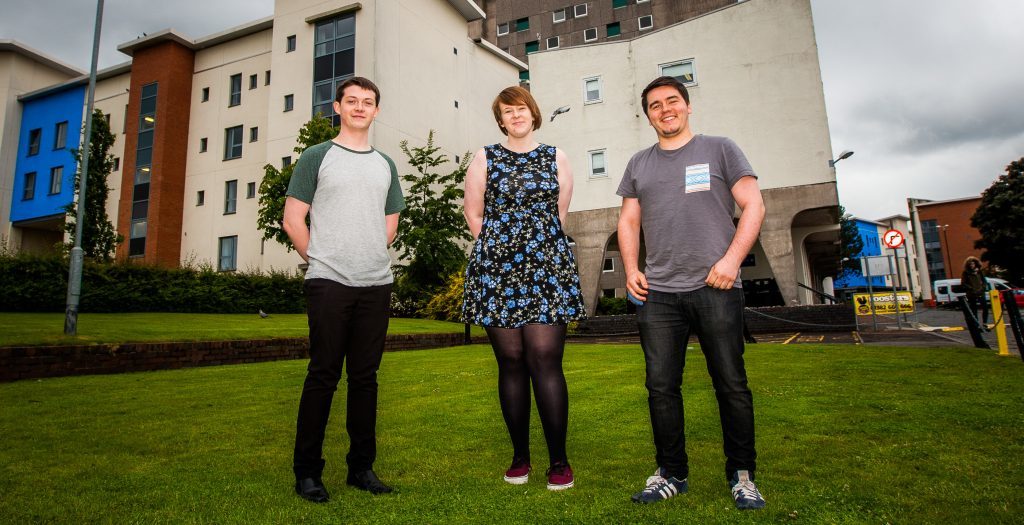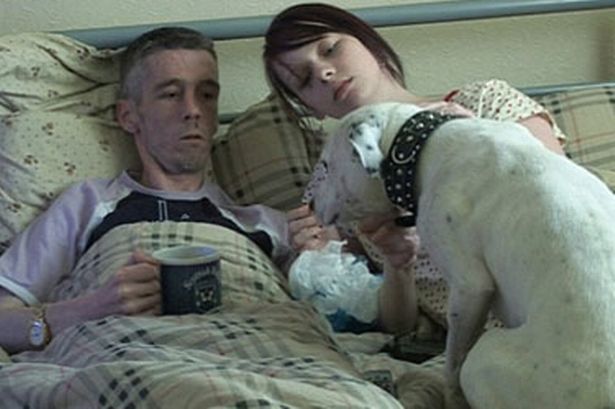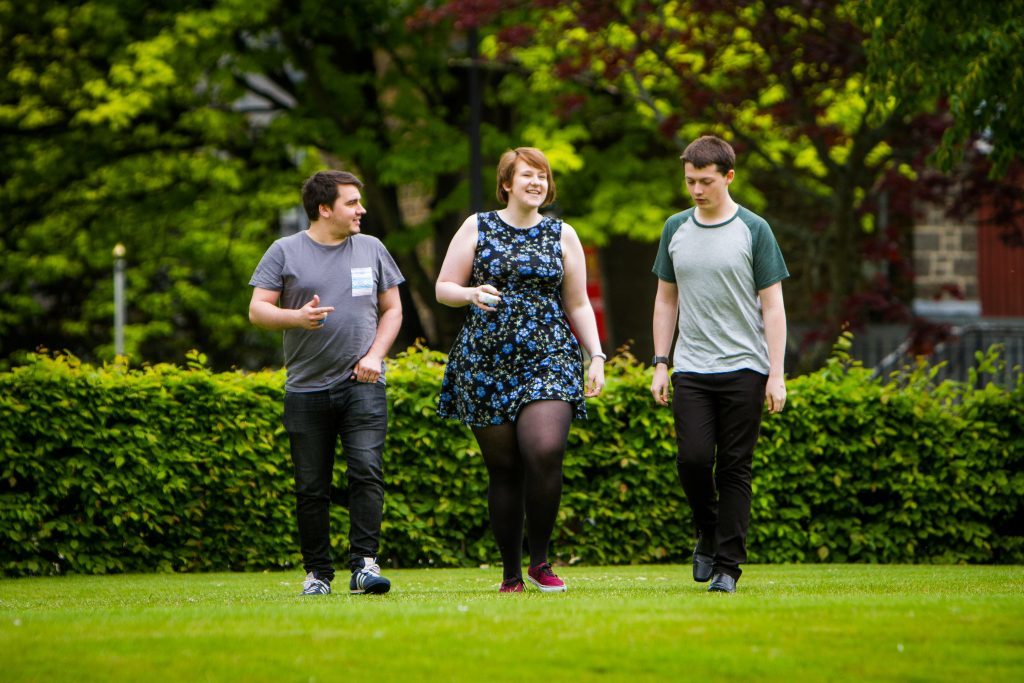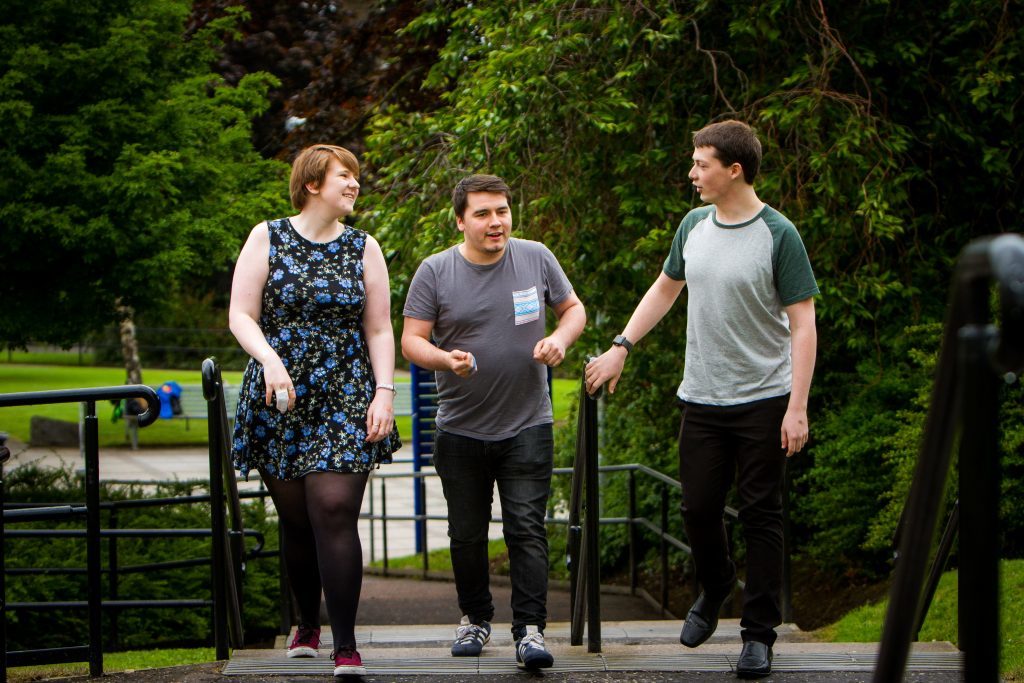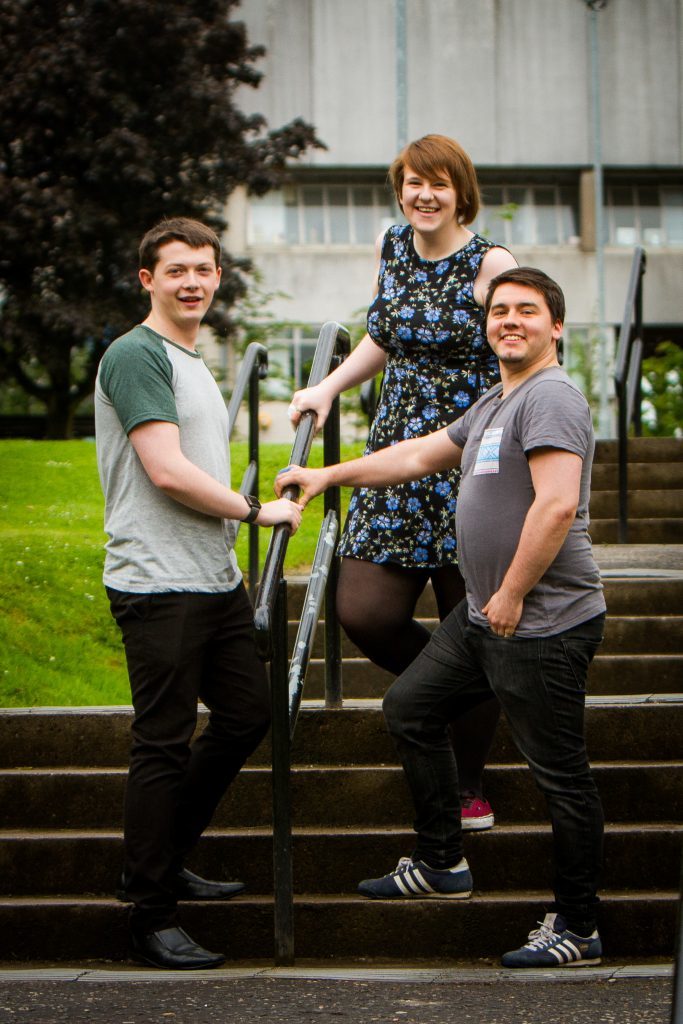As figures suggest fewer young Scots from disadvantaged areas now go to university, Michael Alexander meets three Dundee students who are bucking the trend.
Charlie Kleboe-Rogers has just finished a shift on the pizza counter at Asda’s Milton of Craigie store – and is still wearing his work jacket to prove it – when I catch up with him at Dundee University Students Association.
It shouldn’t really come as a surprise that the 19-year-old Duncan of Jordanstone College of Art product design student has a part-time job. After all, a UK-wide study recently suggested that nearly two-thirds of students are now working part-time to help fund their studies.
But Charlie laughs when he reveals that according to socio-economic statistics, he shouldn’t be at university at all – and he has Dundee University to thank for giving him the chance.
“Do you remember that fly-on-the-wall TV show The Scheme?” he says.
“My old school Onthank Primary in Kilmarnock was on that TV show.
“It’s not a bad area. But it has a bit of a reputation and got quite a bad rap from the exposure.”
Indeed, the 2010 documentary received mixed reviews with some locals describing it as “poverty porn” and others saying it valiantly shone light onto deprivation issues.
Charlie, who grew up in nearby Catrine, East Ayrshire, certainly knows plenty people living in his school catchment area who discovered at a young age how poverty and drug abuse wrecks lives. Unemployment and teenage pregnancies are also high.
But the teetotaller, who had strong role models in his family and describes his background as “deprived but without the drink or drugs”, has bucked the trend and now has ambitions to be a teacher.
Grades
Charlie admits that his school grades probably wouldn’t have been good enough to get into university. That’s not because he wasn’t capable. It was more that he had never been “pushed.” But thanks to the Dundee University Access Learning (DUAL) summer school, which acted as a bridge between his Highers and higher education, he gained access to his chosen course after proving his academic abilities and has just finished second year having also been elected Duncan of Jordanstone College of Art student president for the next academic year.
Gemma McIntosh, 23, a former Lawside Academy pupil (now St Pauls) who grew up in the Ardler area of Dundee, also gained access to Dundee University through DUAL and has just completed her third year in psychology and geography.
Growing up in the schemes and coming from a non-university background, she had toyed with the idea of going to university. However, with a lack of confidence in her abilities, she left school and went to Dundee College instead after concluding that university was “probably out of reach”.
“My family are not big university people. Most people are shop workers or don’t work at all,“ she says.
Highers
Gemma had been due to sit her Highers at college, but on the eve of her exams, her gran to whom she was a full time carer died. She knew this had detrimentally affected her results and applied to DUAL.
“To me summer school sounded like something some very nerdy people would want to do, “ laughs Gemma who is now “giving something back” as one of the summer school mentors.
“What it actually did was act as a six week crash course in university life. It taught basic skills – everything from how to keep a diary, how to note take, how to pay attention at lectures – stuff that seems obvious when you think about it, but things that not everyone knows how to do.”
James McDonagh, 23, a former Morgan Academy pupil of Mill O’Mains, Dundee, said that he also lacked academic confidence at school. Again, no one in his family had been to university. But now, also thanks to DUAL, he has just finished the third year of a psychology degree and also has ambitions to be a teacher. He also volunteers with the Victim and Wtiness Service at Dundee Sheriff Court.
“My condition for uni was to pass and complete the DUAL summer school. I gave it 110% to get here and I got it. I wouldn’t have got to uni without summer school.”
Poorest
Recent figures show the number of students from Scotland’s poorest areas going to university has fallen.
Equality data from the university admissions body UCAS showed a decline in applications from and places awarded to those from the most deprived 20% of areas.
The Scottish Government has placed a major focus on cutting the attainment gap between rich and poor, and increasing the number of Scots from the worst-off communities who make it to university.
The figures showed 1,215 applicants from this group were given a place in 2015, down from 1,305 the previous year.
Yet the figures showed the number of students from the most deprived areas of Scotland taking up places at Dundee University has more than doubled in recent years.
Figures from UCAS showed that the number of students from the most-deprived 20 per cent (MD20) and 40 per cent (MD40) of areas matriculating at Dundee has risen sharply since 2010 and particularly since 2012.
In contrast to the national decline, Dundee’s MD20 and MD40 matriculations rose from 275 to 325 and 360 to 415 respectively in that time, which now accounts for more than a quarter of admissions from the poorest backgrounds for the whole of Scotland. Since 2012, the figures have risen by 124 per cent (MD20) and 121 per cent (MD40).
Abertay
Abertay University said that proportionately it was doing as well as Dundee University.
It also takes a broad view of what wider access means.
Professor Steve Olivier, Vice-Principal (Academic) at Abertay University, said: “Offering educational opportunities to all has been a fundamental part of our purpose ever since our foundation in 1888. Today, we make it a priority to offer opportunities to those who might not find them elsewhere, and to support students from a range of backgrounds, coming into the University by a variety of routes.
“Our track record on recruiting school-leavers from disadvantaged backgrounds speaks for itself, with proportionately higher numbers in each year’s new intake than most other Scottish universities, but we also take a broader view of what wider access means.
Flexible structures
“For us, it’s about building flexible course structures, working in partnership with other education providers, and developing support structures to help students who might have no previous family experience of university life or who might be coming in through a non-conventional route. We work to make sure that anyone who might benefit from a university education gets the best chance of receiving one.
“So, for example, more than 30% of our new students in most years are aged 21 or over when they join us. These are defined as ‘mature’ students to distinguish them from 17/18-year-old school-leavers coming straight from school. They might have left school and worked for some time before deciding to apply for university – we believe it’s important that they get the opportunity too.
“Also, we have close partnerships with FE colleges, and particularly with Dundee & Angus College and Fife College. Under a process known as ‘articulation’, students who have completed an HND or HNC at college can go straight into the second or third year of our degree courses, because we judge that their education hitherto has prepared them for ‘advanced entry’. Every year, around 35% of our new students come direct from college in this way.”
